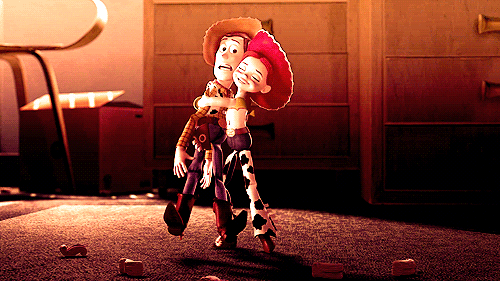The course outcomes were, in a summarization, to be able to teach different aspects of Social Studies through different types of teaching skills. I feel that these skills, inquiry and cooperative learning, were definitely developed and mastered throughout the course of the semester. Also, I enjoyed learning about the different aspects of Social Studies. Before this class I was not very confident in teaching Social Studies, now I feel I could just teach Social Studies. I also feel that Social Studies is such a fun topic now. I really loved all of the topics that we covered in class and the different aspects of Social Studies. Another course outcome that I am extremely excited about is the edTPA course outcome. I felt that this was unnecessary originally; however, I am excited to have had an advantage among other students who not done this practice edTPA. Overall, I feel I learning a lot from this course.
My unit plan was very tedious but, again, I feel this was very helpful in teaching me more about education itself. My unit plan design starts with my three main lessons on the three Native American tribes: The Pueblo, Sioux, and Powhatan. These tribes then moved into my last lesson, the artifact bag. I completed my artifact bag on the Pueblo tribe. The fourth lesson plan was a little different, and focused on strong women. Also referred to as “Women in History.” This can tie into the rest of my unit plan because it has to do with history, and in our lessons we touched on an important woman from those three Native American tribes. I enjoyed putting together this lesson plan because all of my topics were interesting. I loved the “Women in History” lesson the most.
Fieldwork was a huge part of this Social Studies methods class. I feel that I grew from working with a whole class versus small groups. I actually preferred to work with the whole class because I feel it is more realistic to what teaching is going to be. Also, by working with students on so many different academic and social levels I was able to gain experience with all of them. I also enjoyed our cooperating teacher, Ms. Pozzulo. She was helpful in showing us what we should use. I really enjoyed fieldwork this semester and I am excited to see where the students go.
Overall, I den say that I am coming out of this class more informed. I am also better prepared to teach students of the future. I would like to say thank you to Dr. Smirnova because without her, I wouldn’t have made it through this semester. She was always understanding and was very helpful when I asked questions. I wish the best to everyone from Social Studies Methods Spring 2016.














